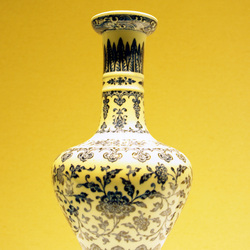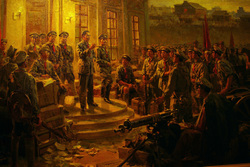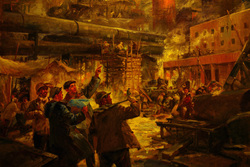By King’s Joy Hostel employee: Star
Every Monday between 7-9pm we have two local Beijing artists visit our hostel. The artists do amazing natural paintings and the other does calligraphy. And I shouldn’t just say “do”. They also teach it to anyone staying at the hostel who is interested in learning, no cost. Here’s a short video to give you the idea:
The two artists are very patient and are happy to teach anyone wanting to learn. Mondays are quieter in Beijing (after a crazy weekend of partying for instance). So I recommend eating at the Chinese restaurant on the hostel’s first floor, or at the western restaurant on the 6th floor (amazing views of the hutongs, Tiananmen and the Forbidden City, and the rest of Beijing for that matter, can be seen from here) and then joining the artists for a relaxing but challenging experience trying traditional Chinese art forms.
Every Monday between 7-9pm we have two local Beijing artists visit our hostel. The artists do amazing natural paintings and the other does calligraphy. And I shouldn’t just say “do”. They also teach it to anyone staying at the hostel who is interested in learning, no cost. Here’s a short video to give you the idea:
The two artists are very patient and are happy to teach anyone wanting to learn. Mondays are quieter in Beijing (after a crazy weekend of partying for instance). So I recommend eating at the Chinese restaurant on the hostel’s first floor, or at the western restaurant on the 6th floor (amazing views of the hutongs, Tiananmen and the Forbidden City, and the rest of Beijing for that matter, can be seen from here) and then joining the artists for a relaxing but challenging experience trying traditional Chinese art forms.


